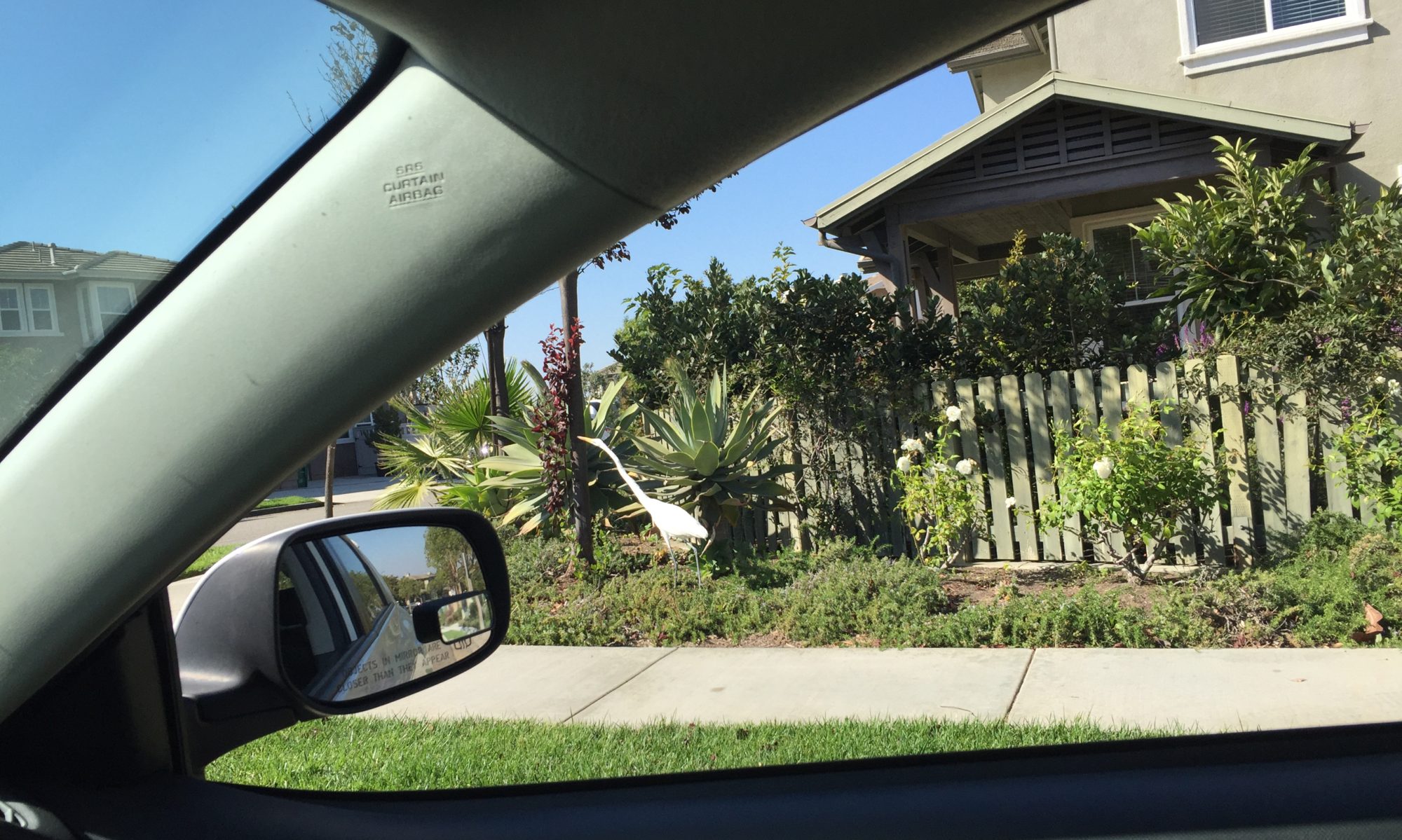We recently received the visit of old friends from Edmonton. Because we once shared a boreal life but also because I have been lately under the sway of things Danish, I composed this meal to celebrate their arrival.
Karbonade, Glazed Carrots and Shallots, Mashed Potatoes, Stewed Carrot Tops with Raisins
My menu was inspired by Claus Meyer’s hot-off-the-presses Nordic Family Kitchen, as well by an exercise in the Beginner’s Danish by Nete Schmidt I am currently working my way through in anticipation of our trip to Copenhagen this summer.
Language courses comport anthropological dimensions, usually hidden or underplayed. Any one studying any language is in the first instance a student, so is well-disposed to authority figures, a chance which those who appreciate exercising authority cannot miss. It follows that the big problem faced by any student is to tease out good and useful advice from indoctrination. This is a challenge readers of cookbooks who themselves like to cook and eat what they cook will recognize.
Learning recipes is also one of best ways to acquire a pragmatic feel for a language, how it describes doing things, the first step of which is learning the imperative mood of orders and requests, thanks and polite suggestions – the stuff of getting others to do things. Politics, a cynic might say.
Each language has its own way of making things happen. Try writing out instructions about how to make a bed, change a tire, iron a shirt, buy and sell anything or whatever, navigate from place to place, deal with others in public or in private, et cetera; indeed et cetera ad infinitum.
Alas, the skills necessary to follow even explicit directions in a kitchen must in particular be acquired through extensive practice. Just like a language. Just like everything else.
Claus Meyer was one of the co-founders of Noma, the once and famous locavore shrine in Copenhagen. His Nordic Family Kitchen purveys a culinary ideology akin to the early years of California cuisine, except that the locale the Danish work with is not as bounteous as the US West Coast, where by happy chance much of the produce which enters into high French or Italian cuisine proliferate like weeds, can be easily cultivated and raised or acquired directly from those who grow it.
The point of Noma? It doesn’t make any difference what you start with. What matters is what you make of it.
***
Back-translation of the no doubt flawed Danish of my karbonade recipe, my first composition in the language.
2/3 lbs ground veal
2/3 lbs minced pork
1 muffin torn in pieces and soaked in milk
1/3 cup of mashed potatoes
1 egg
Panko or similar bread crumbs
1/2 tsp each of tumeric and nutmeg
1 tsp of ground koriander
salt and pepper
canola or similar oil, butter
Wring out the milk-soaked muffin
and knead thoroughly together
with the meat, mashed potatoes and spices.
Mush this mix into six or so flattened
ovoid patties. Flip these into the flour, then
lift them over into a lightly beaten egg.
Warm up a pan with oil, then the butter.
Retrieve the patties from the egg dip
turning them onto the salt-and-peppered
Panko crumbs spread out on a plate.
Now comes the hard part. Get the temp right.
Fry them just the way you want them.
***
Danish original of this recipe for fried meat patties:
400 gr hakket svinekød
400 gr hakket kalvekød
1 muffin gennemblødet i mælk
200 ml kartoffelmos
1 æg
3 dl japanske panko rasp
halv teskefulde hver gurkemeje og muskat
teskefuld koriander
salt og peber
rapsolie og smør
Vrid ud de mættet muffin og ælt den sammen med kartoflerne, krydderierne og kødet. Rør det sammen og form til seks ovale hamburgere.
Dyp burgerne i melet og i let sammenpisket æg. Vend derefter kødet i japanske rasp blandet med salt og peber.
Varm panden op med fedtstof, først olien, derefter smør. Steg karbonaderne ca. 4 minutter på hver side.
